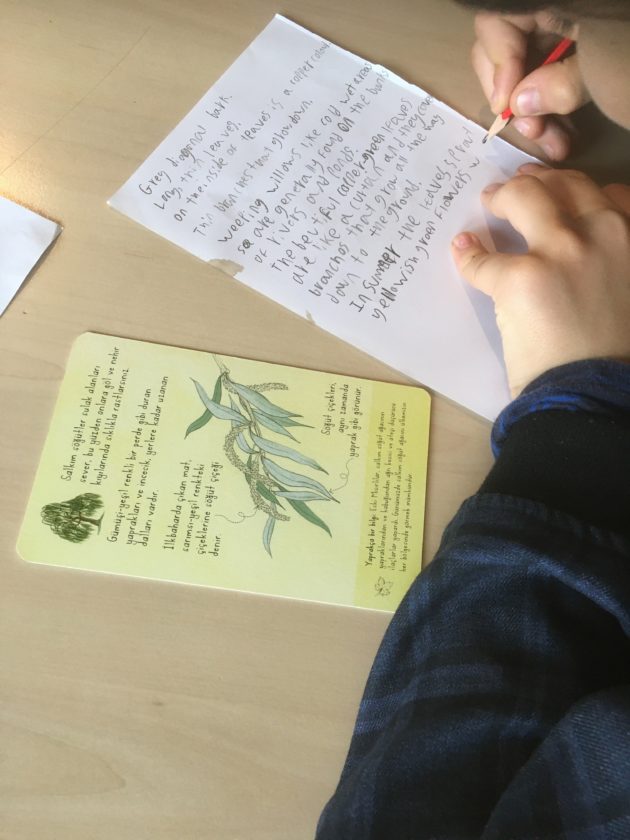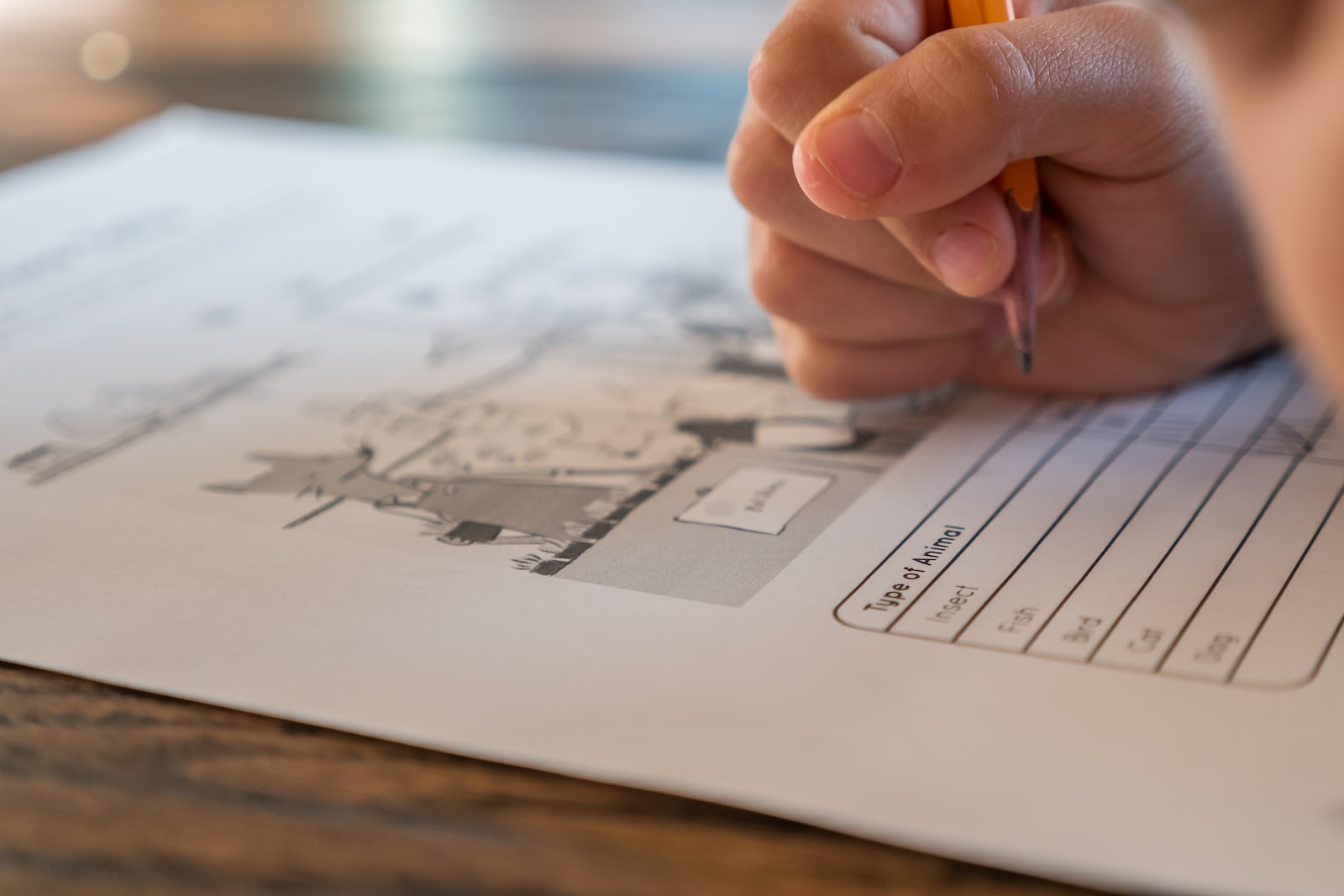
Translating a piece of writing gets students thinking about not just vocabulary and grammar, but the usage of the language itself which makes translating activities a useful home-ed language learning tool.
Translation can mean playing word games like scrabble in a different/ dual language, playing snap cards, translating text or subtitling shows – any activity that asks for words from one language to be used in another is beneficial to language learning.
Translation lessons for home-ed
There are so many games you can play with translating and translating can be combined with any lesson subject.
Snap cards – To guarantee ‘snaps’, make either 3 x target language cards for each English language word (if the aim is to translate from English) or 3 x English language cards (if the objective is to translate into English).
Scrabble – If the target language doesn’t match the scrabble board, use blank scrabble tiles to add in additional letters (you can buy blank tiles in bulk cheaply from Etsy and Ebay). You can alternatively use sticky notes to change the board instructions, and direct (or simultaneous) translation works too.
Simultaneous translation (while reading or playing a word game)
- Translating cards for games like Monopoly or Trivial Pursuit, can be a stand alone language lesson but the repetition of the practice of simultaneous translation that works well here; language learners are asked to translate into the foreign language in small bursts throughout the game. This improves confidence and ability.
- As learners become more fluent in the language they’ll play around with the translation (moving to expressive [earlobe] translations; having fun with the words). The act of translating just becomes part and parcel of playing the game, similar to how letter formation becomes an unthought of part of writing itself.
- Asking learners to translate as they process the words in another language, like a sports commentator for example, or to read through a paragraph and translate orally after reading makes home-ed language lessons quicker to set up than needing to prep pre-translated resources.
- Simultaneous translation is a good skill to practice for bilingual/multilingual students trying to maintain fluency in all languages across all subjects; and a useful tool for bilingual home educators because it gets rid of the need to prep all materials in two or more languages.
Subtitles

- Ask pupils to transcribe a section of a show/film. Then ask them to translate it.
- Turn off the sound and ask them to narrate their translation while the show plays (turning down the video playback speed)
If they become used to subtitles, children will often turn subtitles on whilst watching hobby videos/films etc – just for the fun of it. It’s astounding how much vocabulary can picked up through passively watching subtitles.
Translating text for language learning
Starting homeschoolers off with translated texts from books they know in English eases them in gently. We use a two step method:
- Translate from the foreign language into English
- Use their translated English text and translate it back into the foreign language.
This helps them self-edit their work and understand structural / grammar mistakes they’re making when translating. Lessons like this work well split across two lesson slots – editing is always easier when returning to a text than immediately after having written it.
N.B If you don’t read the language yourself to mark the translations, run the translated text through an online translator like DeepL

To see how accurate translator programmes are, reverse the translations and compare the english sentences.

Text resources for translation lessons
- Poems are good translation texts because students are asked to think about how to play with the language to evoke the same feeling as the original. Translating poetry is more difficult than factual text so this is an activity better suited for more advanced language learners or using very simple poems.
- Colloquial phrases
Think about how international cooks (Italians, Turks, Chinese etc) tell us to roll our dough until it’s soft as an earlobe: Without understanding the poetic usage of language we’d never think to translate a dough recipe from english into another language using such a description because it’s not (to my knowledge?) an English phrase.
- Menus are fun to translate! For a different spin on translations, find bad menu translations in the target language and ask students what they think the item was supposed to be…
- For more grammar focused translations lessons, newspaper articles are great material text sources – not least because there is often an already translated copy of articles online students can use to self-correct their work before handing it in to be marked. Great for older or more advanced students.
- Fact-based text related to the students current topic of study – colours, food, adjectives etc

Translations are a useful tool for learning and teaching a foreign language. Combined with a more structured language learning course that teaches grammar and syntax, translation exercises are a tool that can help language learners improve fluency, vocabulary and confidence.
Translation is especially useful once students pass upper-intermediate levels of fluency, and as a tool for multilingual speakers trying to maintain equal fluency in each language.



